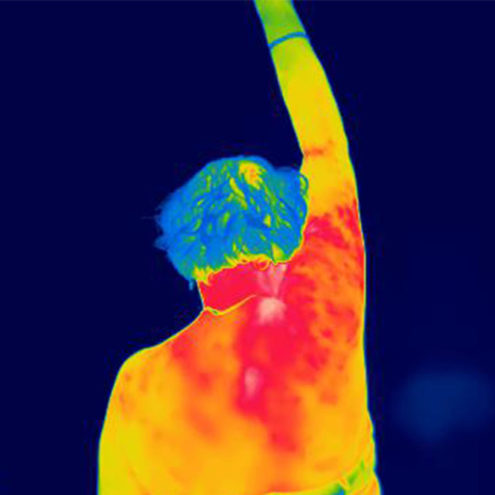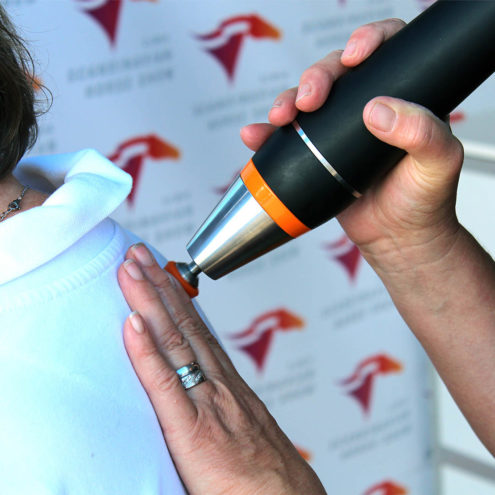Inguinal hernia in women
Inguinal hernia is something that can affect both men and women. However, the condition appears different for women than men. This is because there are major anatomical differences between the sexes. Men are more often affected by inguinal hernias, while women are more affected by inguinal hernias in the form of femoral hernias. In this case, there is a compression in the femoral canal instead of the inguinal canal.
Different inguinal hernia for a woman
There is a big difference between men and women’s abdominal areas. A woman has a much smaller inguinal canal (inguinal canal), which means that the risk of inguinal hernia is very small. In women, the transverse fascia of the abdominal wall is also reinforced to provide extra support during pregnancy. Women are more likely to suffer from inguinal hernias because their pelvis is much wider. The risk of a woman developing an inguinal hernia increases with age, obesity and pregnancy.
Inguinal hernia symptoms
Soft bulge at the groin
The bulge feels painful or burning and often gets worse with physical exertion, coughing or when bending down
Stomach ache
Feeling of heaviness or discomfort around the groin
Nausea
Vomiting
When and where should I seek treatment for inguinal hernia as a woman?
If the hernia causes severe pain, immediate medical attention is required. The pain may indicate that part of the intestine has been squeezed, requiring emergency surgery to avoid oxygen deprivation. If the hernia is mild and not causing any problems, surgery is not recommended.
Going for fascia treatment helps the body gain balance which will reduce the pressure on the abdominal wall. If there are uneven loads and lack of symmetry, it can create overloading of certain body parts and create increased pressure. If the pelvis is crooked, there can be an uneven load on the abdominal wall and the risk of hernia can increase. In a fascia treatment, imbalances in the pelvis are corrected and thus the load in the abdominal wall can be evened out and the hernia can be held back.
How to treat inguinal hernia?
More dangerous with inguinal hernia as a woman
Inguinal hernias in women are at greater risk of complications. For one thing, femoral hernias are often small and can be difficult to detect, but the risk of entrapment in the femoral canal is also much higher as it is much narrower. It can also be difficult to distinguish between inguinal and femoral hernias as the openings in the abdominal wall are very close together.
As inguinal hernias in women are rare and not always visible, the pain can be mistaken for coming from somewhere else. It is not uncommon for inguinal hernia symptoms to be confused with gynecological problems.
What does an inguinal hernia feel like for a woman?
Most inguinal hernias do not cause any symptoms. However, you may experience a sudden pain and discomfort around the groin that can get worse with strain such as heavy lifting, standing or bending down. You may also see and feel a soft bulge at the groin. Symptoms can range from mild discomfort to severe pain. If the pain is persistent, it suggests that there is a narrowing of the bowel and that circulation is affected.
 Search
Search































